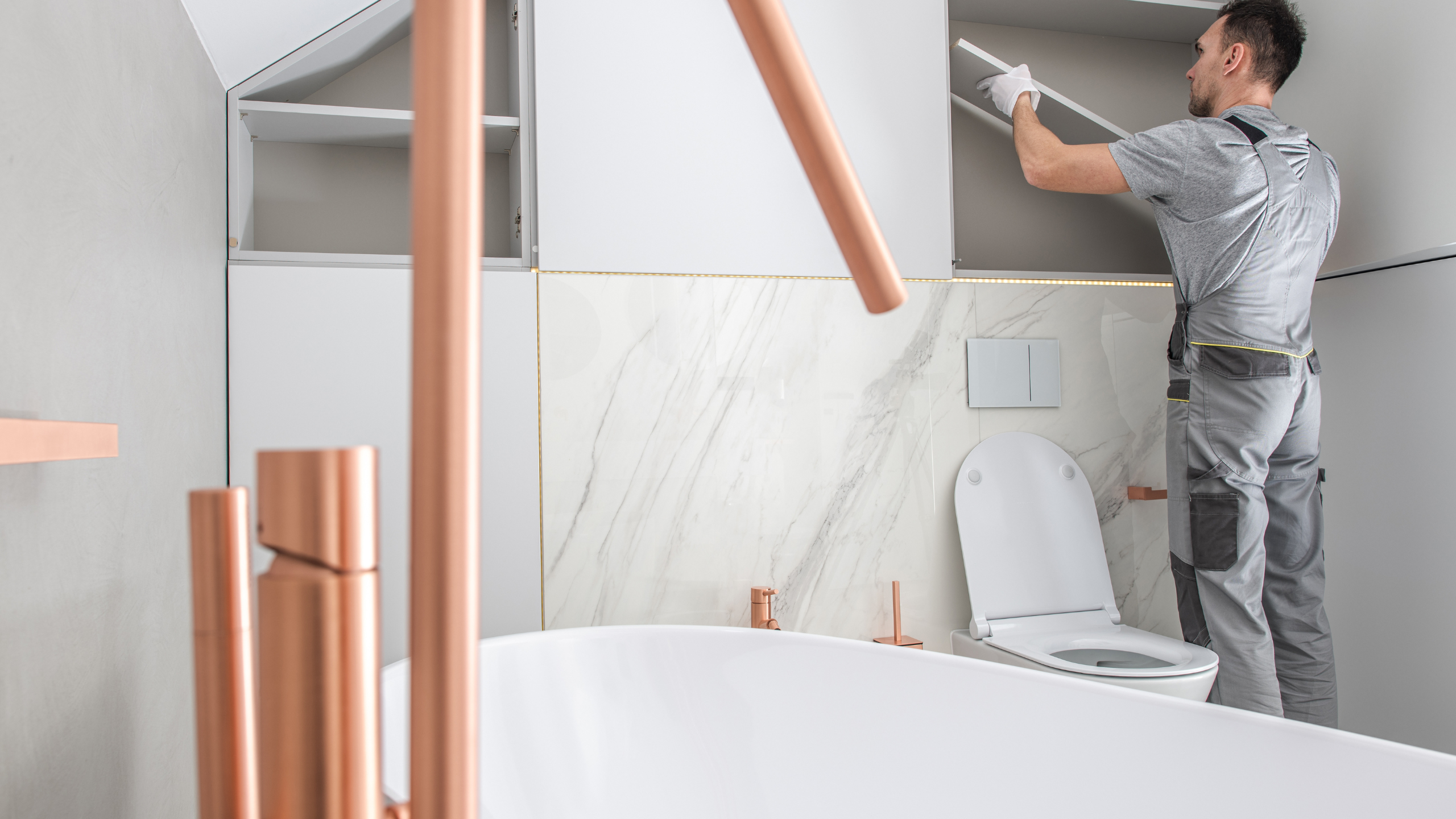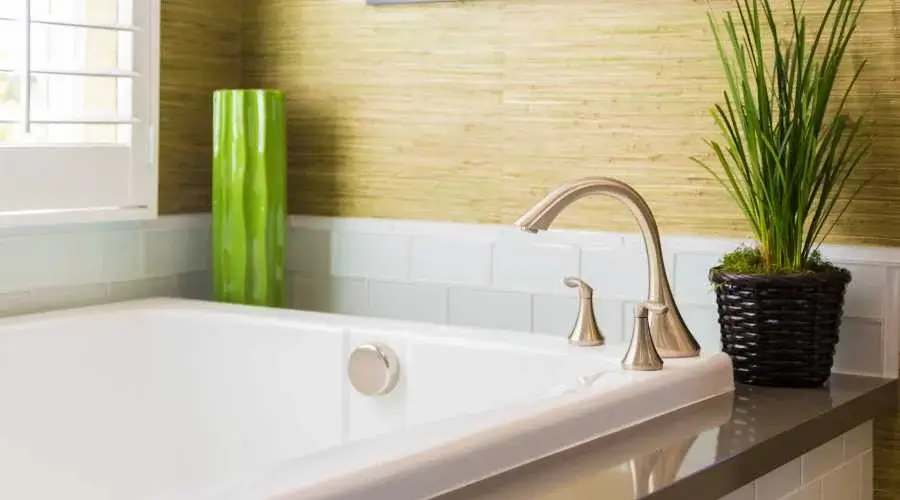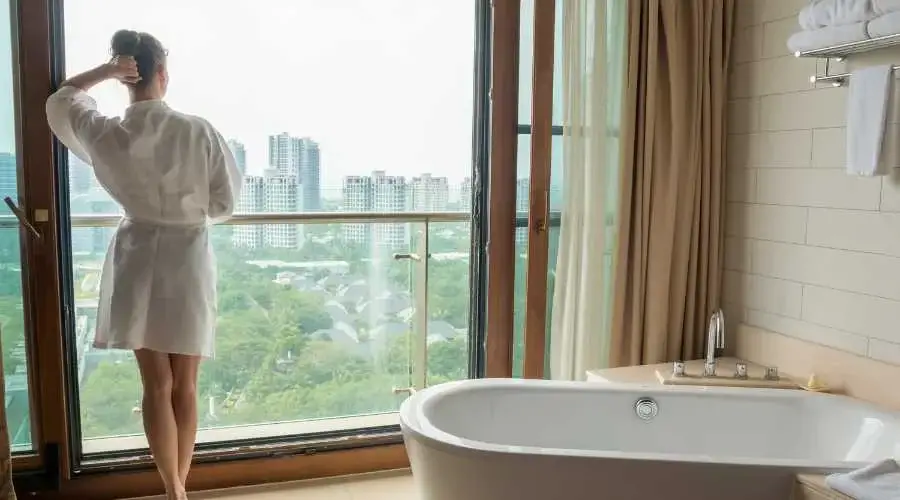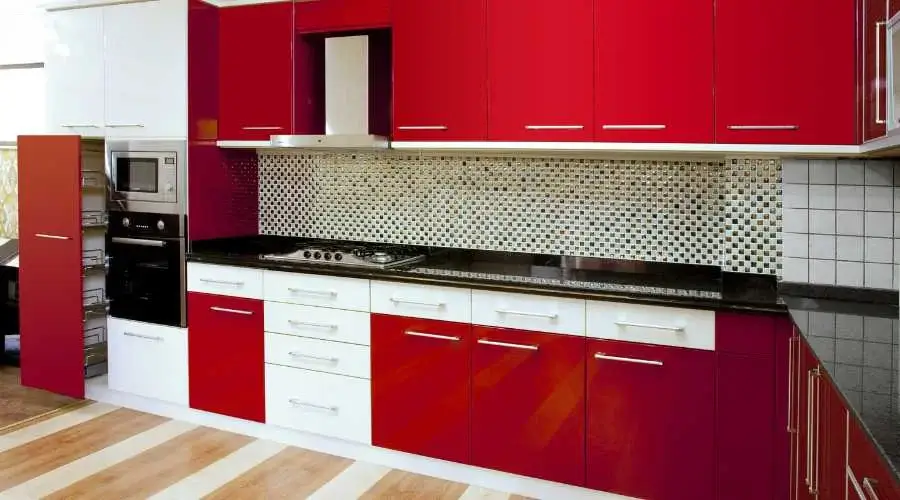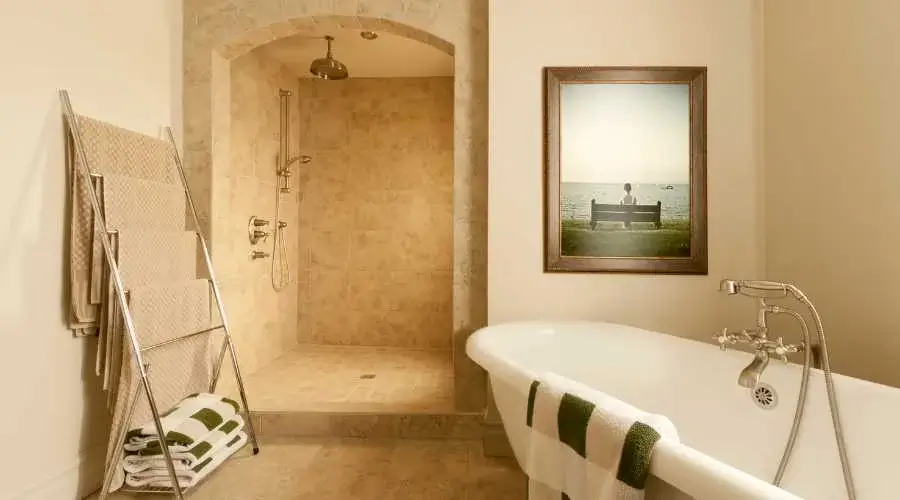Is your bathtub showing signs of wear and tear, leaving your bathroom feeling outdated and unwelcoming? Reglazing offers an ideal solution to breathe fresh life into your space without the hassle and expense of a full renovation. Before embarking on this project, it’s essential to familiarize yourself with the necessary supplies and procedures for reglazing to ensure a successful outcome.
This comprehensive guide will walk you through the common materials and techniques of reglazing, address frequently asked questions, and empower you to make well-informed decisions. From surface preparation to applying the glaze and ensuring proper curing, we’ll cover each step in detail, enabling you to approach the project with confidence.
Reglazing not only provides a cost-effective alternative to replacement but also allows you to maintain the character and charm of your existing bathtub. With the right approach, you can transform a worn-out fixture into a sleek, modern centerpiece that complements your bathroom’s aesthetic. Embrace the opportunity to revitalize your space and create a spa-like retreat without breaking the bank or enduring the disruption of a complete renovation. Need to revive your bathtub’s allure? Wilmington Bathtub Refinishing is here to help with refinishing services
What Surfaces Can Be Reglazed?
Reglazing isn’t limited to bathtubs; it can also rejuvenate sinks, tiles, and countertops, regardless of their material composition. Whether it’s porcelain, fiberglass, or ceramic, reglazing can restore their original shine, giving them a fresh and renewed appearance. This versatility makes reglazing a cost-effective alternative to replacement, saving you both money and the significant time and effort required for demolition and installation.
With reglazing, you can transform dull, outdated surfaces into vibrant focal points in your home with minimal hassle. Imagine reviving your once-lackluster kitchen countertops or breathing new life into your bathroom’s tile work, creating a cohesive and inviting atmosphere without requiring extensive renovations. By embracing the power of reglazing, you can ensure maximum satisfaction with the revitalization process while maintaining the authenticity and personality of your current fixtures and surfaces.
Moreover, reglazing offers a sustainable solution, reducing waste and the environmental impact of replacement. Extending your existing materials’ lifespan contributes to a more eco-friendly approach to home improvement. Embrace the convenience, cost-effectiveness, and environmental benefits of reglazing, and unlock the potential to transform your living spaces into refreshed, visually stunning environments that reflect your style and preferences.
Is Reglazing the Same as Using Epoxy?
Although epoxy coatings are frequently utilized in reglazing, it’s crucial to recognize that reglazing and epoxy are not synonymous. Reglazing encompasses applying a new coating to improve a surface’s appearance and durability. Epoxy is one choice in this process, alongside polyurethane and acrylic coatings. Each material boasts unique benefits, including toughness, usability, and chemical and moisture resistance. By comprehending the array of available materials, you can customize your reglazing approach to align with your preferences and needs, guaranteeing superior outcomes in both aesthetics and durability.
Common Reglazing Materials
1. Epoxy Coatings: Epoxy coatings are known for their durability and resistance to chemicals, stains, and abrasions. They form a strong bond with the bathtub surface and deliver a smooth, glossy finish that can last for years with proper maintenance.
2. Polyurethane Coatings: Valued for their exceptional adhesion and longevity, polyurethane coatings create a resilient protective layer. They can withstand chipping, peeling, and fading, making them an optimal choice for high-traffic areas such as bathtubs and countertops.
3. Acrylic Coatings: Highly versatile and cost-effective, acrylic coatings offer various colors and finishes. They allow you to customize your bathtub to align with your style preferences, ensuring a personalized aesthetic.
10 Different Techniques and Materials Used in Bathtub Reglazing
1. Surface Preparation: Thorough cleaning and etching are vital before applying the new coating. This process involves removing dirt, grime, or existing coatings to ensure optimal adhesion. Etching with an acidic solution creates a textured surface for better bonding.
2. Masking: Essential for protecting surrounding areas from overspray, masking involves carefully covering fixtures, tiles, and nearby surfaces with tape and plastic sheeting.
3. Repairing Imperfections: Any chips, cracks, or damage should be filled using epoxy or acrylic filler, ensuring a smooth surface for the new coating to adhere to.
4. Sanding: Smoothing the surface through sanding removes any rough spots or imperfections, promoting better adhesion of the reglazing material.
5. Priming: A bonding primer enhances adhesion between the old surface and the new coating, improving durability.
6. Spraying: The reglazing material is evenly applied across the bathtub surface using a spray gun, ensuring uniform coverage and a smooth finish.
7. Curing: Allowing the coating to dry and cure for the recommended time is crucial for maximum durability and adhesion.
8. Buffing: After curing, buffing the surface helps achieve a glossy, flawless finish, enhancing the bathtub’s appearance.
9. Sealing: A clear topcoat protects the reglazed surface from scratches and stains, prolonging its lifespan and aesthetic appeal.
10. Final Inspection: A thorough inspection is conducted to check for imperfections, with necessary touch-ups to ensure a flawless finish.
Frequently Asked Questions
Q: How long does the reglazing process take?
A: Typically, the reglazing process takes one to two days, depending on the condition of the bathtub and the materials used.
Q: What is the lifespan of a reglazed bathtub?
A: A reglazed bathtub can last 10-15 years or even longer with proper care and maintenance.
Q: Can I reglaze my bathtub myself?
A: While DIY reglazing kits are available, opting for professional reglazing services is advisable. Professionals can ensure proper application and enhanced durability, guaranteeing superior results.
Conclusion
Reglazing presents a cost-effective and convenient solution to rejuvenate your bathtub, elevating the ambiance of your entire bathroom. Armed with comprehensive knowledge of available materials and techniques, you can confidently embark on your reglazing project, recognizing it as a wise investment in your home’s allure and value. Seize this opportunity to transform your bathtub today and revel in a revitalized look that will endure for years to come.

